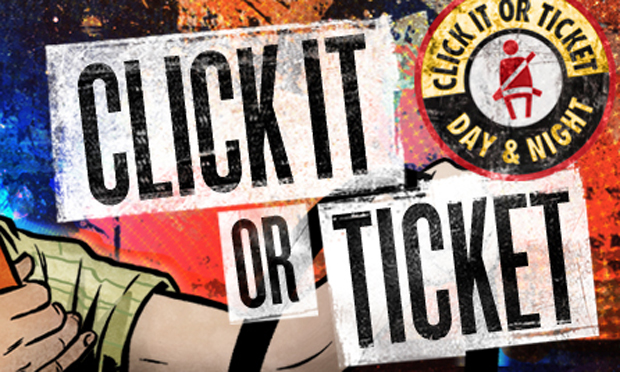Every year the U.S. National Highway Traffic Safety Administration highlights the importance of safe travel over the Dec. 10 to 31 holiday season, and with good reason. While traffic fatalities peak in the summer, 8,630 people died on U.S. roads and highways in the fourth quarter of 2012 — just under 95 per day. Factors can include not just icy roads, but also alcohol and driver distraction. The vast majority of fatalities take place on highways, and teens are often the victims. In all, the annual cost of motor-vehicle crashes in this country exceeds $99 billion a year.
While much progress has been made since road deaths peaked in the 1970s, fatalities actually rose between 2011 and 2012 despite the fact that the number of per-capita vehicle-miles traveled has fallen for the ninth straight year. Many factors could play into the rising fatality rate, including higher speed limits, reduced enforcement and driver behavior. To reduce fatalities, one of the best strategies is to wear a seatbelt — 49% of vehicle occupants who die in automobiles and light-truck incidents were not wearing seat belts or using child safety seats. One of the best-known enforcement programs aimed at increasing the rate of seat-belt use is Click It or Ticket (CIOT), which focuses on mandating seat-belt use and ticketing violators.
A 2014 study published in the Journal of Policy Analysis and Management, “Do Traffic Tickets Reduce Motor Vehicle Accidents? Evidence from a Natural Experiment,” explores data from the CIOT program in Massachusetts. The author, Dara Lee Luca of the Harvard Kennedy School and the University of Missouri, analyzed the relationship between the number of CIOT citations issued and motor-vehicle crash and fatality rates. She notes that the Massachusetts program provides a good “natural experiment” because the state has secondary rather than primary CIOT law — officers can issue a ticket for failure to wear a seat belt only if he or she also observes the driver violating another traffic law, such as speeding.
The study’s findings include:
- The Click It or Ticket (CIOT) campaign in Massachusetts decreased motor-vehicle crashes by roughly 11%; a 1% increase in tickets issued leads to a 0.28% decline in motor vehicle crashes. The ticketing campaign also reduced the number of nonfatal injuries from motor vehicle crashes.
- During the mobilizations of the pilot CIOT program in 2002, overall numbers of tickets issued increased. During statewide officer mobilization periods in November and December 2002, tickets of all kinds rose by roughly 40% on average.
- The effect of increased ticketing is much larger at night; by contrast, the effect is fairly small during daytime hours.
- The impact of ticketing is three times as strong for women as it is for men. There was no statistically significant difference in the effectiveness of traffic law enforcement between age groups.
- The prominent media campaign around CIOT could have played a role in decreasing crash rates, rather than the “deterrence effect,” created by issuing more tickets to unsafe drivers and by the visibility of more drivers being pulled over on the roadside. However, the data show a marked decrease in crashes during periods when more tickets were issued, suggesting that the ticketing, not the media campaign, was the key variable.
“Overall, the findings of this paper suggest that as unpopular as traffic tickets are among drivers, motorist behavior does respond to tickets,” the researcher concludes. She indicates that possible approaches to reducing fatalities include “allocating more resources toward municipalities with higher population densities and increase traffic enforcement at night since tickets have a larger impact during nighttime.”
Related research: A 2014 study, “Why Is Road Safety in the U.S. Not on Par with Sweden, the U.K., and the Netherlands? Lessons to Be Learned,” notes that “despite recent major improvements in road safety in the U.S., the current safety level in terms of fatalities per population is far below the level of the best-performing countries.” After studying the structural differences among the systems, the researchers — Juha Luoma of the VTT Technical Research Centre of Finland and Michael Sivak of the University of Michigan — recommended that, among other approaches, the United States lower blood-alcohol limits, re-examine speed-limit policies and enforcement, implement primary seat-belt laws, and set road-safety targets.
Keywords: driving, cars, distracted driving


Expert Commentary